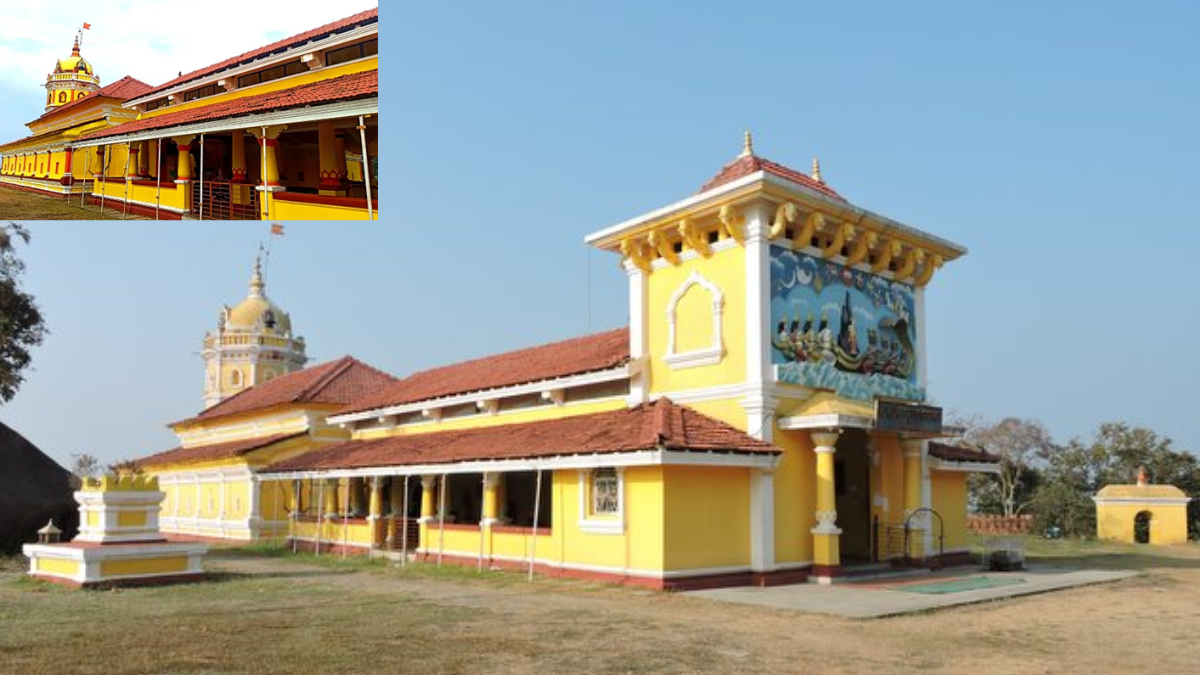Sambhal Controversy: Claims Surface Linking Jama Masjid to Ancient Hindu Temple
A fresh debate over Sambhal’s Jama Masjid suggests it was once a Hindu temple, Harihar Mandir. Evidence from Chandreshwar Mahadev Temple—similar architecture, dome designs, and an ancient underground tunnel—adds fuel to the controversy. ASI findings further heighten tensions.

New claims that the Jama Masjid was, in fact a Hindu temple have reignited debate over the Sambhal Uttar Pradesh's longstanding historical religious structure. Evidence in the form of architectural and historical analysis has led to a focal point: Chandayan village and its Chandreshwar Mahadev Temple as proof that this mosque was a Hindu temple named Harihar Mandir. Local and national discourses are getting stirred by such claims.
The Chandreshwar Mahadev Temple: A Historic Marvel

Located about 10 kilometers from Sambhal, the Chandreshwar Mahadev Temple is believed to have been constructed in the 5th century under the reign of Prithviraj Chauhan. The carvings and the architectural style of the temple closely resemble those of Jama Masjid. This raises more questions about their history.
Similarities include:
Dome Structures: The design of the temple's dome is almost similar to that of the Jama Masjid.
Hanging Chains: Chains used to hang bells in the temple are almost similar to those holding chandeliers in the mosque.
Carvings and Architecture: Detailed carvings and overall structural patterns show significant alignment between the two.
The Underground Tunnel Discovery
To spice up the debate, an underground tunnel was found that dates back ages, connecting Chandreshwar Mahadev Temple and Jama Masjid. This passage is a proof of history that the locals say is between the two locations, thus authenticating the allegations that the mosque was constructed atop a Hindu temple.
Insights from ASI and Local Authorities
The Archaeological Survey of India (ASI) and local administration have inspected the temple, revealing features that resonate with discoveries from a recent survey of the Jama Masjid. Some of the notable findings include Hindu motifs such as lotus engravings and specific pillar designs, which may suggest the presence of a temple structure beneath the mosque.
Public and Religious Reactions
The claims have elicited mixed reactions:
Local Residents: Many believe that the Jama Masjid was actually the Harihar Mandir, and the Chandreshwar Mahadev Temple is an important proof of this fact.
Hindu Leaders: The demand for the recognition of the Jama Masjid as a Hindu temple has been increasing.
Muslim Leaders: They totally deny this claim and instead highlight the historical and religious importance of the mosque as a place of worship for Muslims.
A Wider Context of Conflicts
The Sambhal controversy shares a similar space with other well-known disputes such as the Gyanvapi Mosque in Varanasi and the Shahi Idgah in Mathura. These often bring to the fore the historical narratives and modern religious identities.
Political and Communal Consequences
The return of such claims ahead of the elections is bound to have both political and communal consequences. Political parties may try to exploit the issue, which would further deepen and polarize the public sentiment.
This unfolding debate underlines the very complex relations between history, religion, and politics, ensuring that the issue would remain a focal point of public discourse in the months ahead.

